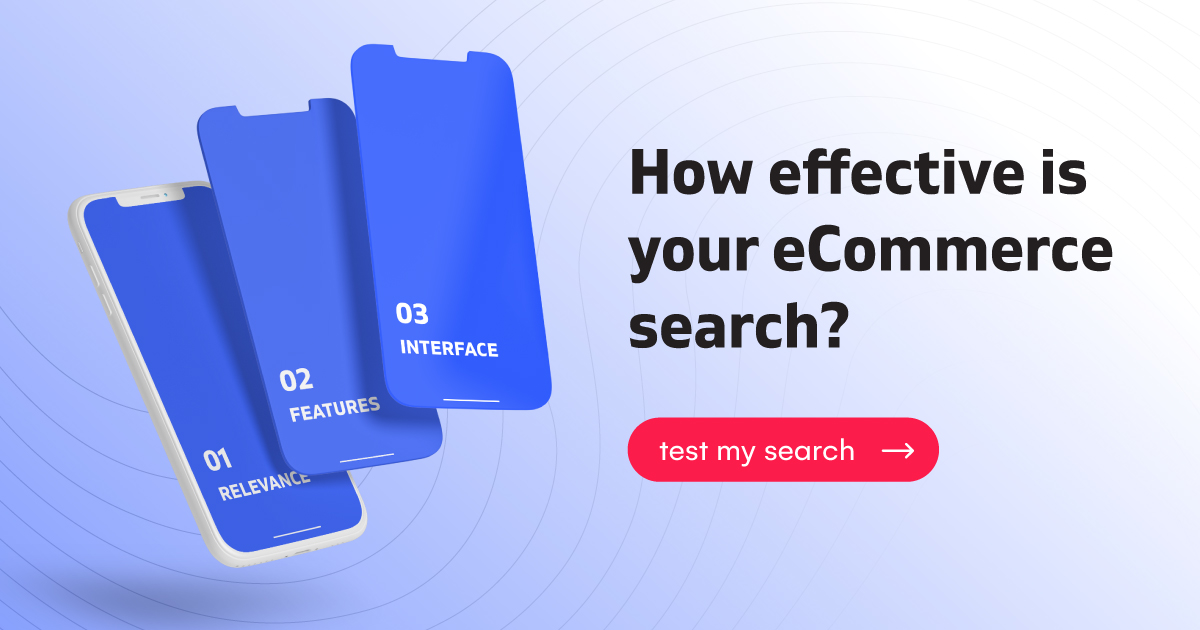Coronavirus Aftermath For Ecommerce
“Never let a good crisis go to waste’ – it’s a quote by Churchill, which perfectly describes what a mindset of eCommerce folks should be right now. Although the global health crisis is far from over, more and more countries are slowly starting to ease lockdown; thus, it’s time to take a deep breath, reflect on the lessons learned, and think about the possible future scenarios and how to deal with them. As terrible as the crisis is, we have to admit that overall the eCommerce industry is one of the biggest winners here; with the quarantine situation worldwide, people had no other choice but to start shopping online, even if they’ve never done it before – 70% of shoppers reported that they are buying online more than they usually do. Although the economy was shrinking and buyers’ purchasing power was lower, eCommerce still saw a boost. According to COVID-19 Commerce Insight platform, eCommerce revenues have been flourishing in Europe in 2020. There was a noticeable spike in April, with a 40% increase up to June 7th.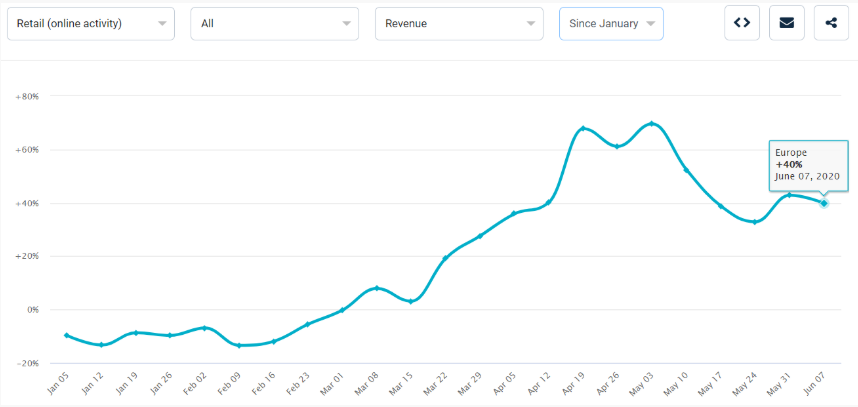
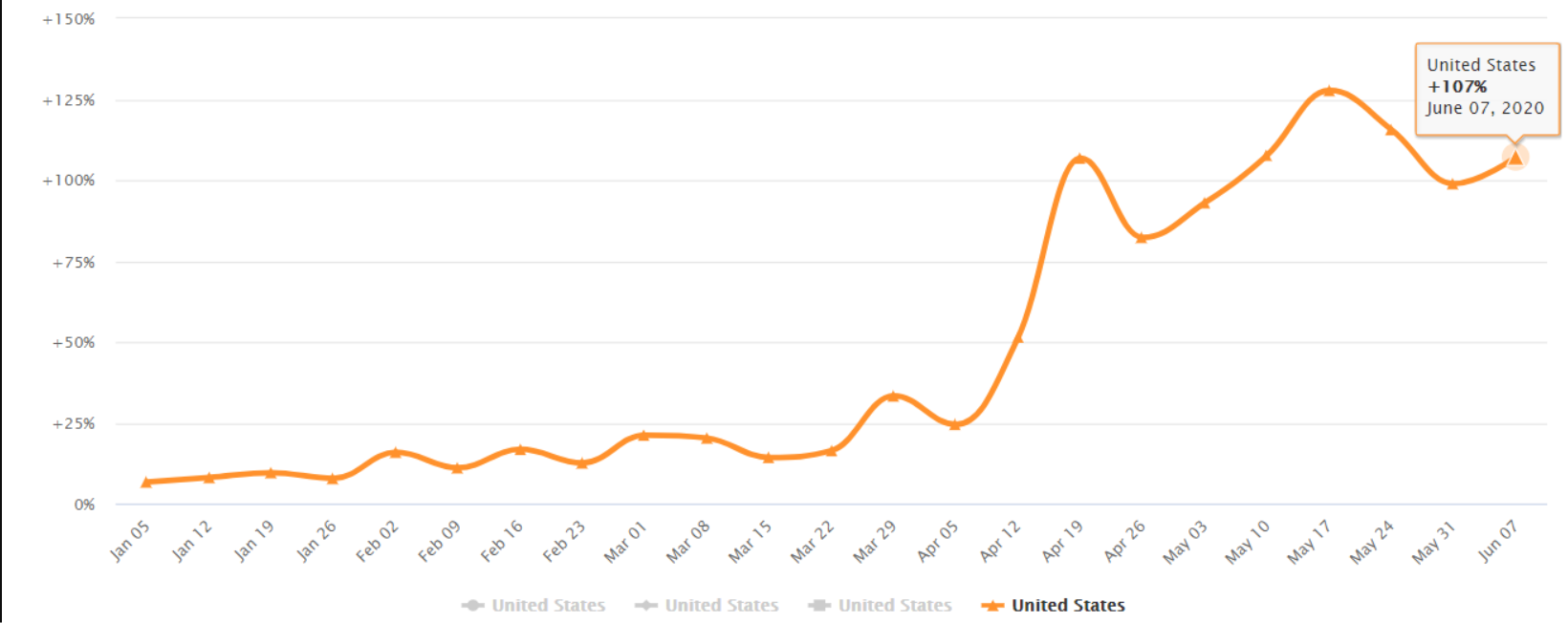
COVID-19 Created More Demand (And Supply) Than Ever
Overall online shoppers base grew dramatically, as more and more people shifted to online shopping due to the pandemic. It will likely follow the usual trends of online shopping behavior, meaning that once people go online, they tend to stick with the habit. On the other hand, more demand creates more supply. As a result now it’s even harder to seal the deal. The competition is growing at such a high speed as we have never seen before. Based on CEO of Social Chain, Steven Barlett, in February and March of 2020, Shopify onboarded more merchants than it did in the whole twelve months of 2018.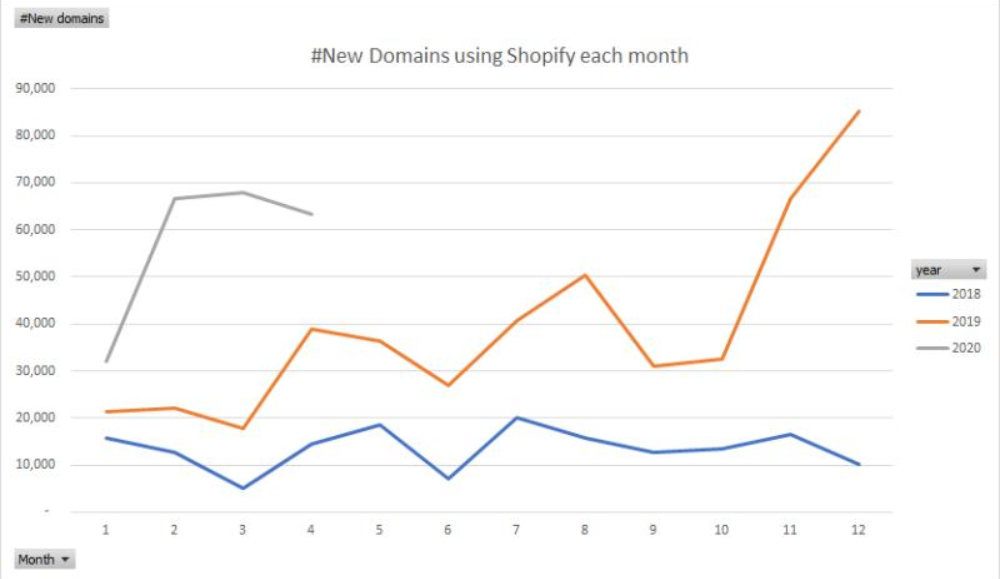
COVID-19 Is Not Going Anywhere Soon
There is a lot of reasonable talks that we will be hit with the “second wave” of Coronavirus in fall or winter, at least if the suitable vaccine won’t be discovered. The recent report by the Center for Infectious Disease Research and Policy (CIDRAP) provides three possible future scenarios based on the current knowledge on COVID-19 and the comparative model of influenza pandemics:- Scenario 1 implies that many repetitive smaller waves will follow the first wave during the summer, which will gradually decrease over the 1-2 year period;
- Scenario 2 states that we will have an even more massive wave in fall or winter, and one or more smaller waves in 2021;
- Scenario 3 indicates that the first wave will be followed by a “slow burn” of new cases occurring but without a clear pattern of waves.

Customer Experience Is a Key To Success
Customers want better online shopping experiences, and that’s a constant. Based on a recent Forrester report, 40% of shoppers would even PAY to get a better shopping experience, and they will not buy from the same business again if they encounter a poor experience. COVID-19 only magnified the importance of an excellent shopping experience, as more customers are there to shop online. Due to this, companies are refocusing their investments from offline to online. For instance, Spanish fashion giant Inditex, owning Zara, and other well-known fast-fashion brands, announced that they are closing up to 1,200 physical stores and investing $3 Billion in eCommerce during the 2020-2022 period. Inditex is revolving around digital transformation, as they anticipate increasing their eCommerce sales by more than 25% by 2022, compared to 14% in 2019. Moreover, such industry juggernauts, like Target, have already accelerated their investments into tech capacity, even though they were planning to do it in the three-year period. In a recent article with CNBC, Target Chief Financial Officer Michael Fiddelke said that they “<…> have been investing and planning the capability to support this [online] volume. We just thought it would be three years from now. So we have seen an acceleration for what we would expected to take three years that has now happened in a matter of weeks.”. Wowing your customers with exceptional shopping experiences is more than crucial with the massive shift to eCommerce and uncertain future. 80% of shoppers abandon their cart and go straight to competitors if the online store has ambiguous website navigation, irrelevant search results, or unclear product information. And that’s just too much money to be left on the table, so investing in a better experience for your customers will bring you success in the future. Great Customer Experience Starts With Site Search There are two types of online shoppers: browsers (those who come without purchasing intent, just to look around), and searchers (those who come with buying intent). For browsers, your e-store must have clear and useful navigation, as well as some buying incentives, such as special offers/discounts. For searchers, it’s crucial to provide a perfect site search experience, as they already know what they want – your job is to make sure that they’ll find it quickly and effortlessly. Of course, after they find the product they desire, other elements of excellent customer experience tunes in, such as special offers, smooth payment, delivery, customer support, and so on. But everything starts with discovery, thus most often from the search box. Bigcommerce calls site search “the most important conversion vehicle on your website.”, and we couldn’t agree more. In fact, around 30% of visitors will use the search functionality, and those are users with a potentially higher conversion possibility – searchers are 5-6 times more likely to buy, as they already know what they want. Also, based on our clients’ data, visitors, who use search, can generate around 30-60% of ALL revenues. But that’s only the case if search experience is excellent, or in other words, if site search is serving not only customers but also you, by helping them to convert.“Based on our clients’ data, visitors, who use search, can generate around 30-60% of ALL revenues.”As we are experts in eCommerce site search, we wrote down some actionable suggestions that you could do to improve your users’ shopping experience through site search.
Audit Your Search. For Real This Time
You can not possibly know what to change or fix if you don’t know what’s broken, don’t you agree? The best way to do it is to evaluate your online store’s site search health honestly. There are many ways how you can analyze your current search situation. The first option is to outsource the service by hiring some company, or freelance consultant, specializing in eCommerce search; for example, Baymard Institute are great experts here. But outsourcing auditing services is a costly solution, and finding real eCommerce search experts is a difficult task, so double-check that the one you choose is competent enough, before investing your money. Next, if you are buying site search services from some vendor, you could ask them to do this (if you are developing site search in-house, please skip to the next paragraph). This is actually a great option, as they can find the flaws of your current search experience, present the results to you, and together, you can discuss possible solutions. Just don’t get your expectations too high, as it could be the case that some of the issues they found, cannot be currently solved, as those features could be far away in the roadmap. Keep in mind that this option only works if you have a trustworthy site search provider, so make sure that they are transparent with the whole audit process and methodology. Moving forward, if you are building a site search yourself, you can do the audit internally. Simply go to the head of your in-house site search team, and ask them to plan some time for a full examination of the current health of your site search. This is where this article, and we can help you, as we have prepared the whole process and framework for this kind of audits for the eCommerce site search. You see, SearchNode provides eCommerce search services for almost eight years; thus, we have extensive experience and many search experts working on our team. Over the years, we made countless audits for our clients and potential customers. About a year ago, we decided to outsource the knowledge we gained, so we created the framework for a perfect eCommerce search, and made it public, so any eCommerce company could easily do the audit themselves, without having to spend a dime. Feel free to use it as you like, or hand it to your search team’s head as a useful resource.Free Template: Ecommerce Site Search Audit
Whichever option you choose, just make sure that it is done thoroughly and honestly, and not only as a must task handed by a client/manager. One more actionable tip, if you decide to do it yourself, is to try to step into the shoes of a buyer – try to think like them, and try to imitate the real buying situation. Also, if you do not feel confident enough to do it yourself, try ordering an eCommerce search audit from us here. We do it entirely for free, as we want to help companies to understand their true site search potential. Just keep in mind that we receive loads of requests, so this can take some time.What To Do After The Audit
The complete site search audit should emphasize the strong sides of your current search experience, as well as uncover the flaws. If you were continually monitoring and working on your search, there is a chance you will know most of them already, but there could be few surprises as well. In any case, it never hurts to review it again and see a big picture of your search’s health. So what’s next? First, you should try to understand why some of the flaws occur in the first place. In the next section, we dig deeper into the reasons for your search relevancy flaws, as issues with search features and interface are quite simple to fix – if you miss something, you simply have to develop and implement it. But the problems with search relevance are related to the general logic of the search engine. In the next part, we are not talking about some specific query that might be missing a synonym or a category redirect, thus returning irrelevant results. Here we provide a broader reason why those small one-time problems may be occurring.“Problems with search relevance are related to the general logic of the search engine.”
The Most Common Problems With Poor Ecommerce Search Relevance
1. Data Processing Is Not Done Right Correct data processing is where the excellent search experience should start. This is not something that you can avoid, and this is actually where most of the site search problems start. It’s not a secret that each online store has LOTS of data, that can be made searchable:- Product data, such as titles and descriptions, different attributes, categories, customer reviews;
- Internal ranking data, like sales count, delivery information, discounts, merchandising data, etc.;
- UI data, for instance, prices, delivery, images, etc.
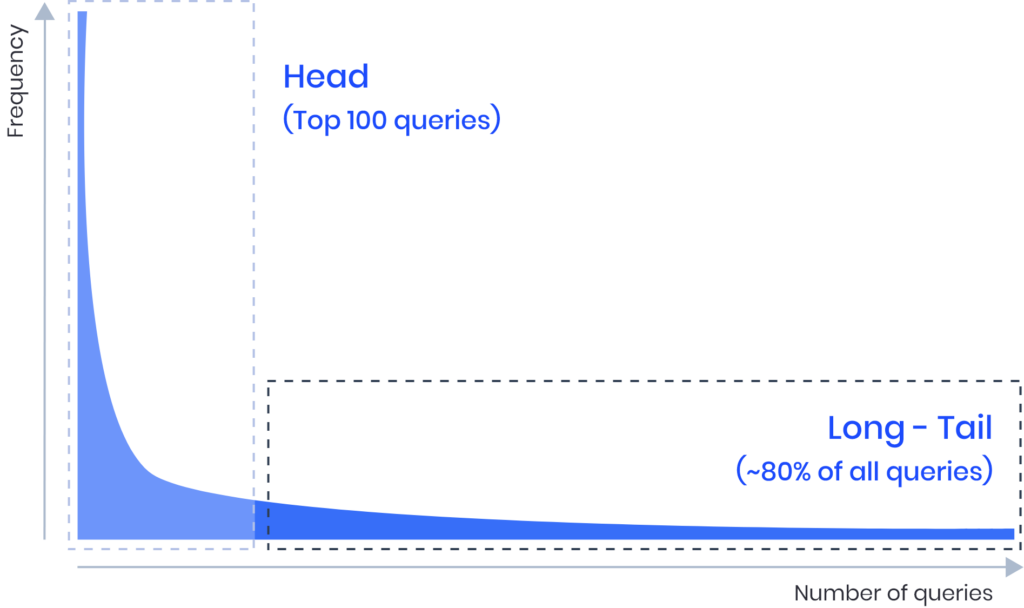
Plan, Implement, and Test
After you realize the reasons for your site search issues, it’s time to plan how it can be fixed. What’s important here is to invest some time into prioritizing, and planning the site search improvement process with your team or search vendor. Setting a clear roadmap with budgets, timeframes, and dedicated resources should ensure the success of the project. After you implement some change, don’t simply move on to the next one. Don’t forget that any change needs to be monitored and measured. Each online store and its users are different, so what works for some of the industry leaders may not work for your individual case. Testing, analyzing, and monitoring is as essential, as fixing the problem in the first place. We hope this will be useful and actionable when planning for the future. No one can be sure what awaits the eCommerce industry and the whole world. From what we see now, Coronavirus is not going anywhere anytime soon. Investing in your eCommerce is never a bad idea, as it’s better to be prepared than sorry. If you seek more ideas on building a great search experience, we recommend reading 18 eCommerce Site Search Best Practices for 2021 article. Good luck with your audit, and let us know the results in the comments!